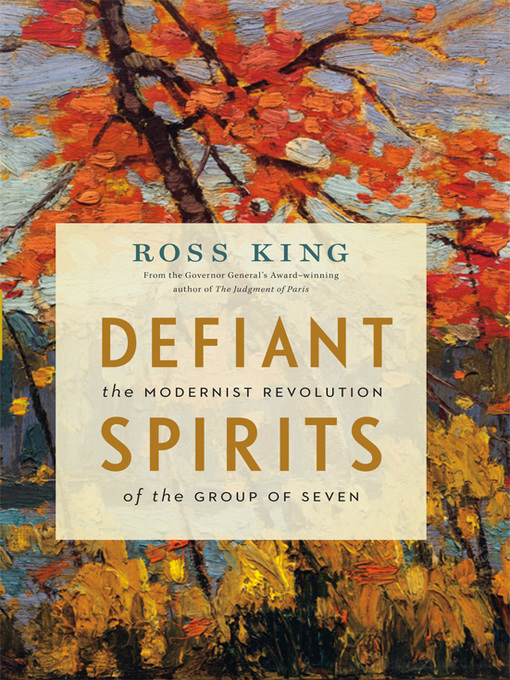Beginning in 1912, Defiant Spirits traces the artistic development of Tom Thomson and the future members of the Group of Seven, Franklin Carmichael, Lawren Harris, A. Y. Jackson, Franz Johnston, Arthur Lismer, J. E. H. MacDonald, and Frederick Varley, over a dozen years in Canadian history. Working in an eclectic and sometimes controversial blend of modernist styles, they produced what an English critic celebrated in the 1920s as the “most vital group of paintings" of the 20th century. Inspired by Cézanne, Van Gogh and other modernist artists, they tried to interpret the Ontario landscape in light of the strategies of the international avant-garde. Based after 1914 in the purpose-built Studio Building for Canadian Art, the young artists embarked on what Lawren Harris called “an all-engrossing adventure": travelling north into the anadian Shield and forging a style of painting appropriate to what they regarded as the unique features of Canada's northern landscape.
Rigorously researched and drawn from archival documents and letters, Defiant Spirits constitutes a “group biography," reconstructing the men's aspirations, frustrations and achievements. It details not only the lives of Tom Thomson and the members of the Group of Seven but also the political and social history of Canada
- Available now
- New eBook additions
- New kids additions
- Most popular
- Magazines
- Try something different
- See all ebooks collections
- Available now
- Newly Added Audiobooks
- New kids additions
- New teen additions
- Most popular
- Audiobooks for Finding Peace & Happiness
- Try something different
- See all audiobooks collections
- Magazines
- Celebrity & Gossip
- News & Politics
- Food & Wine
- Health & Fitness
- Sports
- Travel & Outdoors
- Women's Lifestyle
- Canadian Magazines, Eh!
- See all magazines collections


